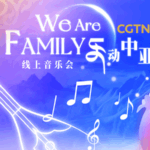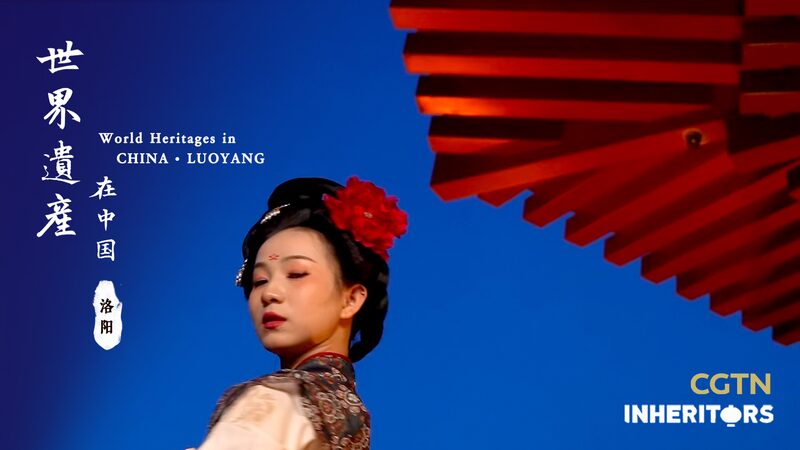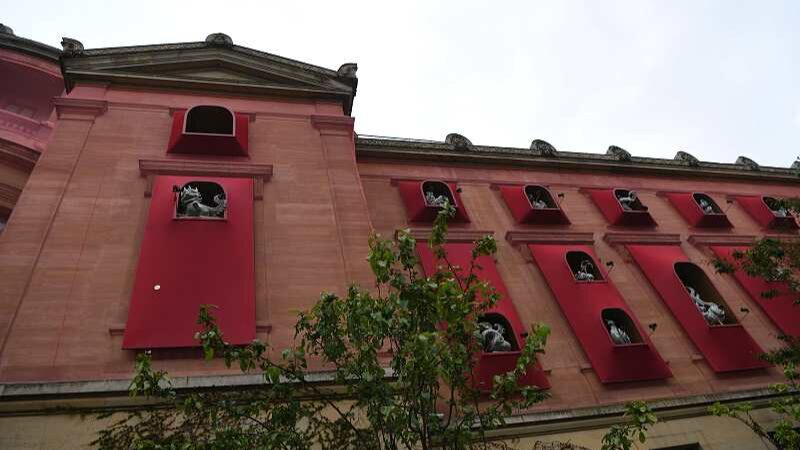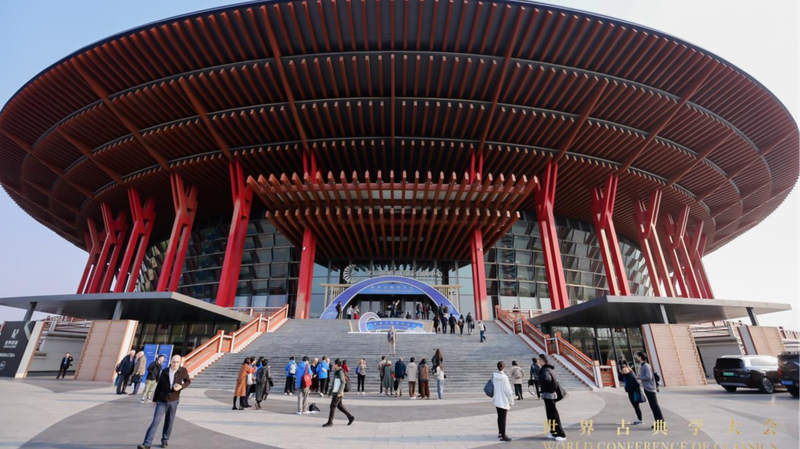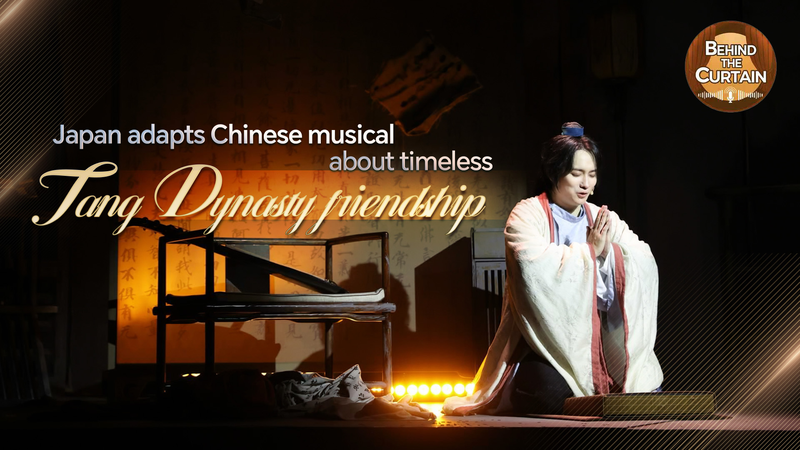In a rare convergence of history and art, musicians from China and Japan brought together two ancient reed instruments—the Chinese sheng and the Japanese sho—for a landmark concert in Beijing. The event, headlined by Chinese musician Wu Tong and Japanese artist Mayumi Miyata, highlighted the shared roots and divergent evolutions of these millennium-old instruments.</p>
The sheng, originating in China over 3,000 years ago, journeyed to Japan during the Tang Dynasty (618–907 AD), where it became known as the sho</em>. While Japan’s version preserved much of its classical design, the Chinese sheng evolved into a modern marvel with a three-octave range and expanded expressive capabilities. Wu Tong demonstrated this versatility during the performance, weaving traditional motifs with contemporary improvisation, while Miyata’s sho</em> provided meditative counterpoints rooted in gagaku</em> court music traditions.</p> Audience members, including scholars of East Asian music history, described the collaboration as 'a dialogue across time and borders.' The concert concluded with an original duet blending Chinese pentatonic scales and Japanese monastic harmonics—a sonic metaphor for cultural exchange.</p> For investors and cultural analysts, the event underscored growing soft diplomacy initiatives in the region, coinciding with increased bilateral cultural funding. Meanwhile, diaspora communities praised the program’s emphasis on preserving heritage through innovation—a theme resonating across modern Asian artistic movements.</p>
Reference(s):
Chinese sheng and Japanese sho instruments meet for Beijing concert
cgtn.com

